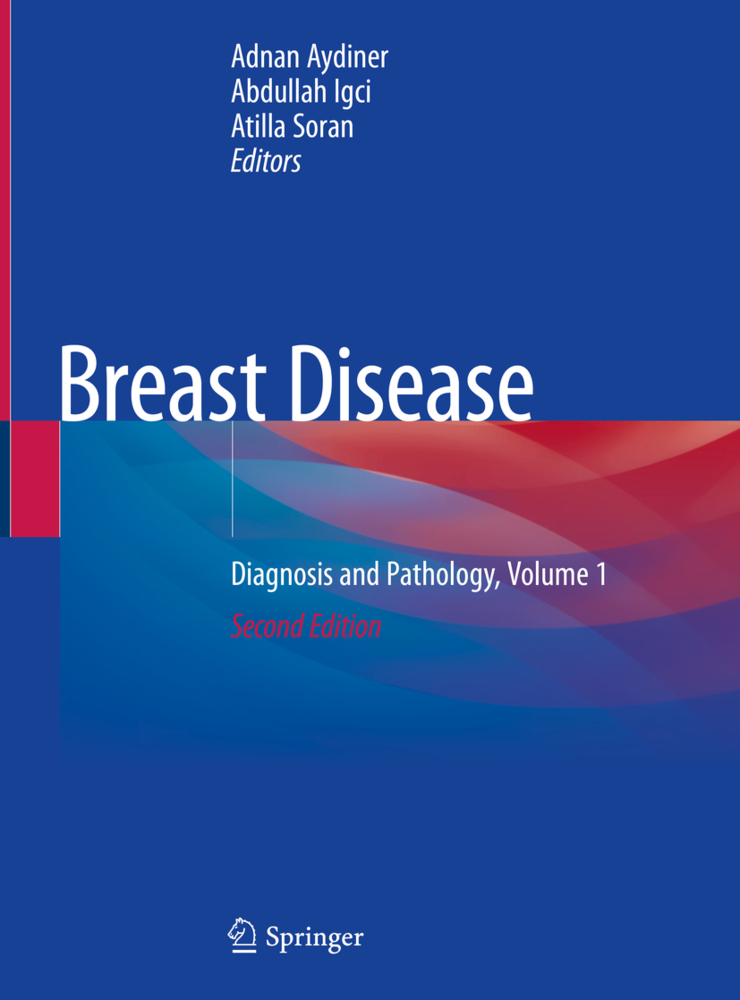Atypical Breast Proliferative Lesions and Benign Breast Disease
Atypical Breast Proliferative Lesions and Benign Breast Disease
This book will provide a comprehensive review of this field and will serve as a valuable resource for clinicians, general surgeons, breast surgeons and surgical oncologists, as well as researchers with an interest in the management of atypical breast lesions. The book will review new data about breast cancer, risk factors for breast cancer, pathological features unique to each entity, the characteristic findings on imaging, risk stratification for genetic testing, as well as the current evidence-based management of each of these breast lesions. Our text will provide assessment tools for risk prediction of breast cancer. We will provide data on thecurrent imaging modalities, as well as advanced screening options available for diagnosis and following these patients. Current management of many of these lesions continues to be controversial in regard to observation with close surveillance versus the need for surgical excision of these lesions based on future risk or whether these lesions are precursor lesion. For ductal carcinoma in-situ, the debate continues in regards to whether this disease entity is a precursor lesion that can be managed with observation or hormonal therapy, or is DCIS cancer and treated with lumpectomy and radiation. Several studies have been published where patients are managed with observation and treatment with hormonal therapy before surgical management. New trials have already begun accruing patients with low to intermediate grade DCIS where patients will be managed with observation versus hormonal therapy only. Management of DCIS continues to evolve and current management w
The Spectrum of Risk Lesions in Breast Pathology: Risk Factors or Cancer Precursors?
Lobular Carcinoma In Situ: Risk Factor or Cancer Precursor?Ductal Carcinoma In Situ: Risk Factor or Cancer
Diagnostic Management of Papillomas, Radial Scars, and Flat Epithelial Atypia: Core Biopsy Alone Versus Core Biopsy Plus Excision
Diagnostic Management of Fibroepithelial Lesions: When Is Excision Indicated?
Diagnostic Management of the Atypical Hyperplasias: Core Biopsy Alone vs Excisional Biopsy
Diagnostic management of LCIS: Core biopsy alone versus core biopsy plus excision for classic versus pleomorphic LCIS
Breast Cancer Risk Prediction in Women with Atypical Breast Lesions
Advanced Screening Options and Surveillance in Women with Atypical Breast Lesions
The Role of Chemoprevention in the Prevention of Breast Cancer
Prophylactic Mastectomy in Patients with Atypical Breast Lesions
The Non-surgical Management of Ductal Carcinoma in Situ (DCIS)
Surgical Treatment of Ductal Carcinoma in Situ.
| ISBN | 978-3-030-06482-2 |
|---|---|
| Artikelnummer | 9783030064822 |
| Medientyp | Buch |
| Copyrightjahr | 2019 |
| Verlag | Springer, Berlin |
| Umfang | XI, 197 Seiten |
| Abbildungen | XI, 197 p. 28 illus., 24 illus. in color. |
| Sprache | Englisch |









